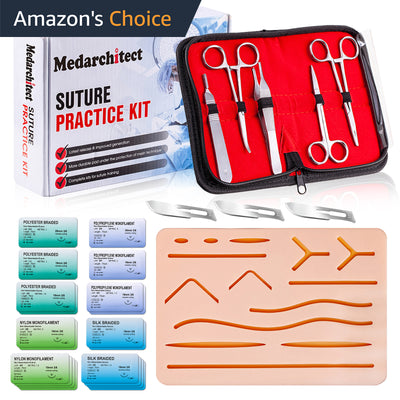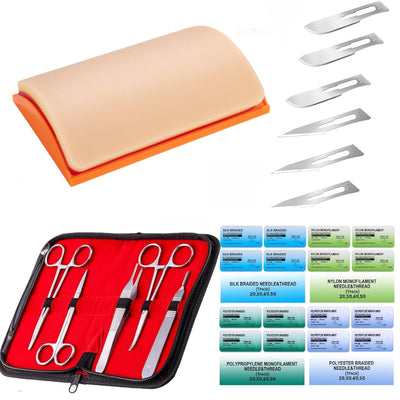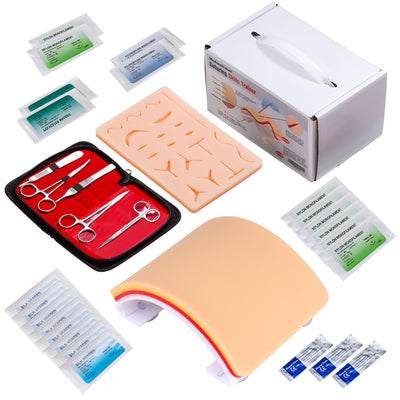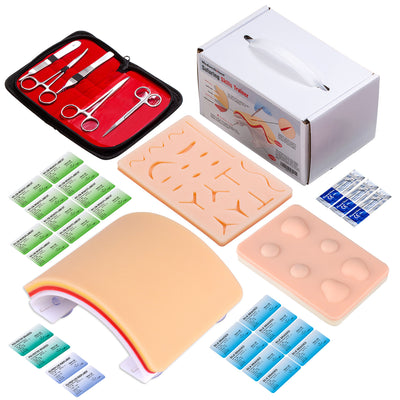
According to literature, people began to use string and animal aponeurosis for sutures dating back to 2000 BC. After the ancient Egyptian era, suture materials such as linen, horsehair, leather, cotton thread, and other plant fibers appeared. In 150 BC, Galen proposed the concept of "gut suture", but the real sterile gut that was made from the mucosa of the small intestine of sheep or cattle appeared at the end of the 19th century. In 1000 AD, silk thread came out and widely used, and silk thread is the longest-used medical suture in history.
With the rapid development of modern medicine and the ever-increasing improvement of surgical techniques, surgeons’ requirements for the tension, operability, and absorbability of sutures are also increasing. The original sutures are far from being able to meet the requirements of modern surgical development. need. Medical sutures are developing rapidly in the direction of synthesizing new polymer materials.
Since the 1950s, many scholars and experts in related fields such as surgery and chemical engineering have worked together to create many synthetic sutures that meet various needs in accordance with the clinical needs of surgery. Artificially synthesized non-absorbable sutures such as Nylon (such as Etllilon), Polyester (such as Etllibond), and polypropylene (Polypropylene, such as Pro-lene) have been introduced. And a variety of synthetic absorbable sutures, mainly PGA, PGLA, Polydioxanone, and Poligle-caprone. In 2003, the United States also launched VICRYL Plus containing antibacterial agents. At present, sutures with shape memory functions are also used in clinical practice.
Most surgeons have a basic "suture routine" during the operation, that is, they prefer to use a certain suture material unless the situation requires it to make another choice. By repeatedly using the same suture material, the operation technique will be more skillful. And agility. Of course, the surgeon's in-depth understanding of the physical properties of various sutures is crucial.









